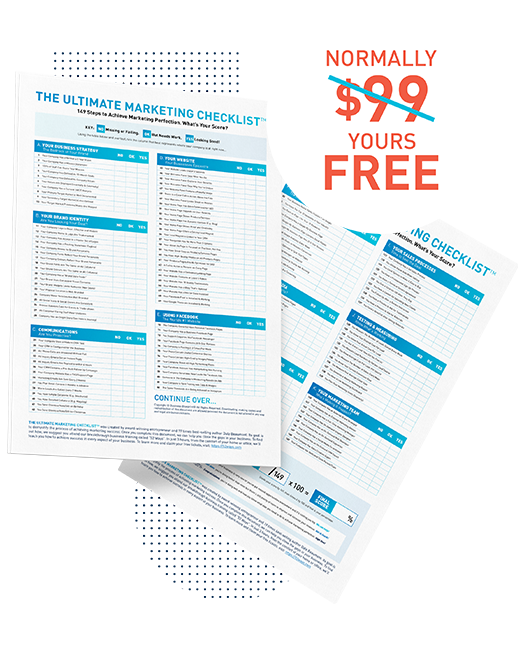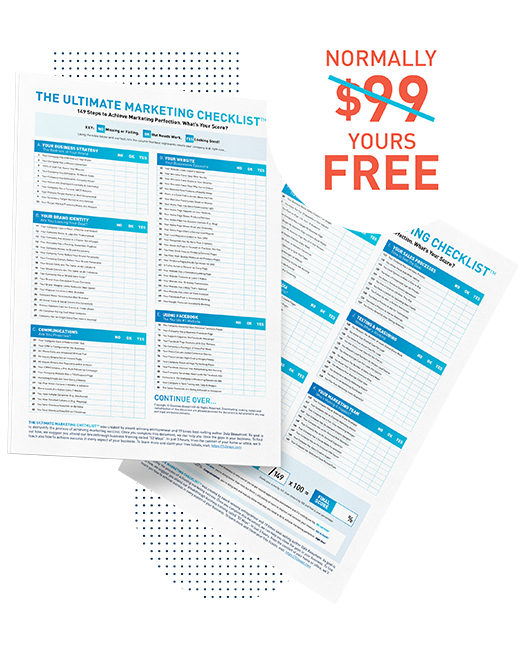We all know the trials and tribulation of the past 12 months. A global pandemic; businesses failing, others booming; and changes in almost every aspect of our daily life. But, we made it! So, if 2020 was the year of adaptation, then 2021 is definitely the year of interaction – even though we’re now connecting in different ways, the importance of meaningful and consistent interaction in all aspects of life and business is paramount.
As we continue to learn and manage connecting with each other in different ways (like Zoom, social media, voice messaging and more), the way we present ourselves digitally has never been more important than right now.
This is where your personal branding comes in. From a business perspective, your brand is how you present yourself to the world and how the world perceives you. Your personal brand aims to establish authority and credibility, as well as to establish expertise and cultivate new business relationships, partnerships or collaborations. We know that business has changed and, therefore, being the face of yours is yet another tool that will help you stand out from the crowd.
“Life isn’t about finding yourself, life is about creating yourself” – George Bernhard Shaw
Why personal branding?
Effectively managing your personal brand can improve business in so many ways. Here’s a few:
- People are more likely to buy products and services from other people, not faceless brands
- By building your own personal brand you shape your own story, you don’t leave for others to piece together
- Delivering value is addictive and as you see people consuming it, you’ll want to give them more
- You will better understand what you have to offer and how this can help others or help grow your business
- It builds relationships, which we need now more than ever, and fosters the ‘know, like, trust’ process.
Now, you might be thinking ‘where do I start?’ In an oldie but a goodie, Simon Sinek’s TED Talk – and subsequent book, Start with Why – will give you a roadmap.
Your personal brand
To begin assessing your personal brand, start by asking yourself the following questions:
- Do you have a professional profile picture on all my platforms?
- Is your biography and profile information up-to-date?
- Is there a consistent content theme across all platforms, including:
a. Name/tagline
b. Expertise
c. Brand voice and language guidelines tailored to the individual
d. Imagery
e. Fonts
f. Colour palette - Do you regularly manage your audience interaction?
- What improvements do you think you need to make to your online personal brand? For example, more consistent posting, further interaction, sharing a mix of personal and business content, etc.
- Who is your target audience? Consider who are you speaking to or sharing your message with? Why would/should they be interested in what you have to say?
- What are you aiming to achieve with your personal brand? Your objectives could include:
a. Position as an expert in the market
b. Increase followers/likes or expand professional network
c. Highlight your qualities/skills or showcase case studies
d. Receive testimonials/credentials
e. Develop partnerships
f. Establish a ‘face behind the brand’
g. Gather email addresses/phone numbers (leads)
h. Promote your organisation or another (such as a charity)
i. Initiate and participate in conversations or lead a group
j. Give a peek into your personal life
“If you’re not branding yourself, you can be sure others will do it for you” – Anonymous
Elements of a successful personal brand
There are 5 key components of building a highly successful personal brand and understanding (and implementing) each one is a step towards your future.
1. The long haul
 Building a personal brand needs a consistent, strategic approach over time (usually years). Just like great businesses, brands don’t grow overnight.
Building a personal brand needs a consistent, strategic approach over time (usually years). Just like great businesses, brands don’t grow overnight.
Take Oprah Winfrey, for example. This is someone who has worked hard on their personal brand for 30+ years. She is recognisable by just her first name and is considered one of the greatest philanthropists in US history. But she had many obstacles to overcome on her journey, yet she kept going.
For more on Oprah’s inspiring story: https://www.cnbc.com/2017/05/23/oprah-winfrey-these-are-the-4-things-you-need-to-know-for-success.html
2. Niche down
Basically, you need to know what you’re talking about. But the key to doing that in the most successful way is narrowing it down enough that you can learn (and continue to learn) about everything to do with your chosen topic area.
For example, someone like myself may have studied Business and majored in Marketing. Marketing itself is a huge field so I could have chosen to focus on Public Relations, Event Management or Digital Marketing. By choosing Digital Marketing, then niching down again to focus on Social Media (rather than Online Advertising or Email Marketing), I have successfully found a niche that I am interested in and can continue learning about. I can also focus further (or niche down again) and concentrate on organic social media content, particularly for Instagram.
In the words of Gary Vee, “I’ve talked a LOT for the past decade. But within a very narrow area. I haven’t talked about healthcare or geopolitical issues. I haven’t added my two cents to every pop culture situation. I talk about the things I know — communication in a modern world”.
3. Transparency
One of the things that almost all great personal brands have in common is that they give all of themselves, rather than just one, polished version.
Dale Beaumont is one of my favourite examples. He shares his successes and his failures. He shares his business side, his family life and his charitable nature. Even after attending one conference, most people feel like they ‘know’ Dale, whether they have had a chance to chat with him personally or not. NOTE: 3 images below are real and one as an example 🙂
4. Build a brand
Think of the big companies that have people whose personalities serve to advance their brand’s mission – Apple had Steve Jobs, Tesla has Elon Musk, and Virgin has Richard Branson. If you’re a small business owner, then this person is probably you.
Where to start? Define your message (what are you trying to say?), highlight the problem you solve, amplify the problem (make it badder, meaner, harder) then give people the solution. Simple, right?
5. Give value away for free
 A sure-fire way to have people coming back for more is to give them your best content for free. People need to feel like you and your business is real, honest, credible and, above all, legit. And the main tool you have in your arsenal to succeed in this is your content, your knowledge, your expertise and your experience. So, share it!
A sure-fire way to have people coming back for more is to give them your best content for free. People need to feel like you and your business is real, honest, credible and, above all, legit. And the main tool you have in your arsenal to succeed in this is your content, your knowledge, your expertise and your experience. So, share it!
Neil Patel does this in such a prolific way. He blogs, he YouTubes and he podcasts but, more importantly, he shares his best stuff for free.
You can learn more about why Neil Patel gives so much content away for free via the Growth Everywhere podcast: https://www.levelingup.com/growth-everywhere-interview/neil-patel-free-content/
“Your brand is what people say about you when you’re not in the room” – Jeff Bezos
As mentioned earlier, connectedness and interaction are what is keeping businesses on the top of people’s minds, and we if have learnt something over the past year it should be that making the extra effort can really be the difference between thriving and declining.
Written by Stacey Vanoska
As a journalist-come-digital marketer, Stacey has extensive experience in all areas of content and social media, including creating complex digital marketing strategies for medium-to-large businesses locally and abroad and educating the next generation of marketers and communicators. She has worked on print and online titles for Fairfax Media and Bauer’s stables of women’s and lifestyle magazines.
Want more awesome information on social media? Check out this fantastic guide from Stacey on What You Need To Know Before Outsourcing Your Social Media: https://thesocialclique.lpages.co/outsourcing-social/






